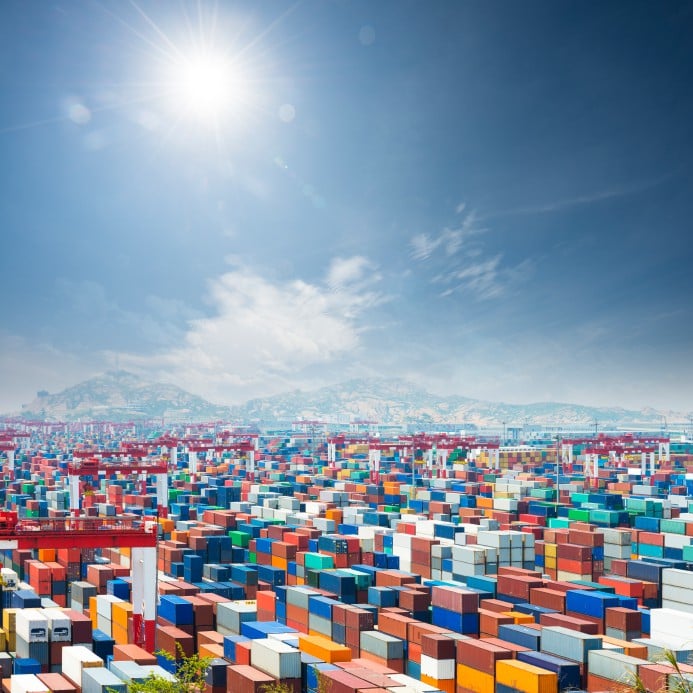After a long 9 months of work slowdown, the International Longshore and Warehouse Union and West Coast Port employers have finally reached to a tentative 5 year agreement. Because of the labor standoff, the West Coast ports productivity reached as low as its half capacity. This caused serious delays since November. It also caused an enormous backlog of cargo vessels that were anchored out of West Coast ports and waiting to be discharge. A total of 29 West Coast ports handle about $1 trillion of global trade annually, and these ports are responsible around 43.5 percent of the United States’ trade volume. It is very crucial over all to the country’s economy.
Even though the slowdown is over, it will still take time to recover from the backlog in the ports. Businesses have lost millions of dollars already. For importers, it has left cargoes sitting on the vessels waiting to be unloaded. Exporters have the products waiting in warehouses to be shipped. The agricultural and perishable products have spoiled, US companies have lost their sales to other global competitors, and cargoes have missed their due dates. It is expected that operations will return back to normal in Oakland in about 2 months. In Los Angeles / Long Beach, ports will return to normal in about 3 months.
The work slowdown is one major factor to today’s congestion at West Coast ports. However, there are other factors that contributed to the situation we have today, such as recent chassis policy change by the carrier, continuously increasing volume of container ships capacity, trucking shortages in the West Coast area, and not having a better work plan for these factors by the ports, carriers, rail and trucking companies.
What is next for the West Coast? These issues are causing West Coast ports to loose their prestige and damaging their reputation. The cargo owners are considering routing their shipments via East Coast and Gulf Coast ports now. With the expansion of Panama Canal, which will be effective in 2016, it will allow these ports to be a good alternate to West Coast ports. These ports will accept much larger vessels in a shorter period of time. Of course these changes will not happen overnight, but we will see that more and more volume will be shifted from US West Coast to US East and Gulf Ports.




